Baking Supplies: Best Time to Buy, Shelf Life Secrets + FREE Printable
Look up the word ‘impulsive’ in the dictionary and prepare to see my face. In my basement pantry, I have bags of chocolate chips to prove it. They are the ghosts of a Christmas past—left over from one of my Gift-in-a-Jar marathon projects.
And those two containers of candied fruit that must be ten years old by now, which I keep only because they’ve become a novelty. They appear to be the same as the day I bought them, and perhaps one of the reasons fruit cake has gotten such a bad rap.
I still have a 2-lb bag of all-purpose flour in the freezer, purchased last holiday season ($.99). I could go on and on, but you get the picture.
Sale season
Traditionally, baking supplies go on sale from early November until the end of the year. Based on what I am seeing in my local supermarket as of only hours ago, baking supplies will once again be holiday loss leaders. That means cheap sugar and flour; ditto for other holiday baking ingredients from marshmallows to sweetened condensed milk, brown sugar, marachino cherries, chocolate chips, pie filling, pumpkin puree, and dates to nuts.
One of my basic rules of grocery shopping is this: When it’s on sale, buy enough to last until the next time it’s on sale. As you see the sales roll out, that’s the time to stock up.
Which begs the question: How long will baking supplies last in the event you decide to buy enough to last the year? It all depends on the items and if you have the storage space to keep them at their optimum.
Baking Supplies
Baking powder
On the pantry shelf: 18 months unopened, six months opened. Stored in the freezer: baking powder is good indefinitely.
Baking soda
Store in an airtight container in a cool, dry place; good for two years unopened, six months opened. Kept in the freezer, good indefinitely.
Brown sugar
Freezer. Store in freezer and use within six months opened or unopened.
White bread. Addinga slice of white bread in your brown sugar container allows the sugar to draw moisture from it. The bread hardens while the brown sugar softens, keeping or returning it to a soft texture.
Vacuum seal. Another option is to vacuum seal brown sugar in small amounts, like 1 or 2 lbs.
Airtight container. When you store the sugar in a sealable, airtight container, there’s no air to absorb the moisture that causes the sugar to harden.
Terra cotta disk. This amazing little brown sugar keeper will make sure brown sugar is always soft and easy-to-use. I can fill it with hardened brown sugar, follow instructions to soak that little disk in water and place it in the lid, close the container, and in no time the brown sugar is soft and usable. I’ve discovered quite by accident that even if that little terra cotta disk in my brown sugar keeper dries out and falls into the container, the brown sugar remains soft and lovely. Is there something magical about terra cotta? Hmm…
Butter
Butter comes two ways: salted and unsalted. Salt is added for flavor and as a preservative, so it will have a longer shelf life. Salted lasts up to five months refrigerated; unsalted has a short shelf life of about three months in the refrigerator.
If you do not plan to use unsalted butter right away, it is best to freeze it. When properly wrapped so it won’t pick up any odors, butter can be frozen for around six months. It’s best to defrost butter overnight in the refrigerator.
Canned evaporated milk
Store unopened on the pantry shelf for up to six months. Best to check the “use by” date on the product. After this time, it will not turn sour, but it will turn yellow and lose its flavor.
Chocolate chips
Store in a cupboard at room temperature; 18-24 months unopened, one year if opened. I can attest to the fact that chocolate chips will last what seems like forever in the freezer. They may get a white haze, but this will not affect the taste when used in baking.
Cooking oils
Store on pantry shelves at room temperature; good for up to a year; check if still good with the smell test. Oils can become rancid.
Eggs
Properly stored in the refrigerator, fresh eggs are good for four to five weeks past the “sell by” date.
Extracts
Expect these to last up to three or four years when kept at room temperature. (See pure vanilla extract below).
Flour
Unopened flour lasts for up to a year; opened, six to eight months. Whole wheat flour is good for up to a year unopened but use within six months if opened. If you have room, store flour in the freezer.
Granulated sugar
Store in a cool, dry place; good for two years unopened; use within six months if opened.
Karo syrup
ACH Food Companies, Inc., the conglomerate that owns and markets Karo syrup, says its Karo syrups are safe for consumption for an indefinite period of time whether it has been opened or not. I know, kinda’ creepy, but that’s the fact.
Light corn syrup may turn slightly yellow with age, but this is normal and not harmful. Storage conditions affect product quality.
Before or after opening, Karo syrup may be stored at room temperature. Bottles may be refrigerated after opening; however, the syrup will be thicker and pour more slowly.
Marshmallow creme
Store at room temperature for four months unopened; store in the refrigerator once opened and use within two months.
Marshmallows
Keep in an airtight container on the pantry shelf; good for three months.
Molasses
Store unopened in a cool, dark place for one year; store opened for six months in a cool, dry place or the refrigerator. Make sure the lid is tightly sealed.
Nuts
Stored in a tightly sealed container, shelled nuts will be good for up to six months in the pantry; 9 months to a year in the freezer.
Powdered sugar
Store in a cool, dry place (not the refrigerator); good for 2 years unopened in original packaging. In an airtight container, powered sugar is good indefinitely.
Pure vanilla extract
Store at room temperature; as long as it is pure, it has an indefinite shelf life. In fact, it even gets better with age.
Raisins
Up to three years stored in an airtight container or unopened in original packaging on the pantry shelf at temperatures up to 80 F. Can be refrigerated.
Shortening
Store in the pantry at room temperature. Unopened solid shortening, such as Crisco shortening will last for up to a year. After opening, store at room temperature for 3 months for best quality.
Spices, ground
Store in a cool, dry place for two to three years. Paprika and cayenne pepper will last longer when refrigerted, but it’s not necessary.
Pro Tip
Don’t measure or sprinkle spices over a boiling pot. The steam from the pot will hasten the loss of flavor for what spice remains in the bottle. Measure spices into a bowl beforehand and then add them to the pot.
Spices, whole
Whole and ground spices don’t spoil, they just lose their strength. Store in a cool, dry place for two to four years.
Sweetened condensed milk
Store in a dry, clean, and cool place; good for one year unopened; invert can every two months to keep contents from separating. Carnation does not recommend using sweetened condensed milk past its “best before date” for quality reasons.
Free Printable Cheat Sheet
We’ve prepared a handy single-sheet cheat sheet for you. You can either save it to your device or print it out to hang inside a cupboard door or pantry.
Everyday Cheapskate participates in the Amazon Services LLC Associates Program, an affiliate advertising program designed to provide a means for us to earn from qualifying purchases, at no cost to you.

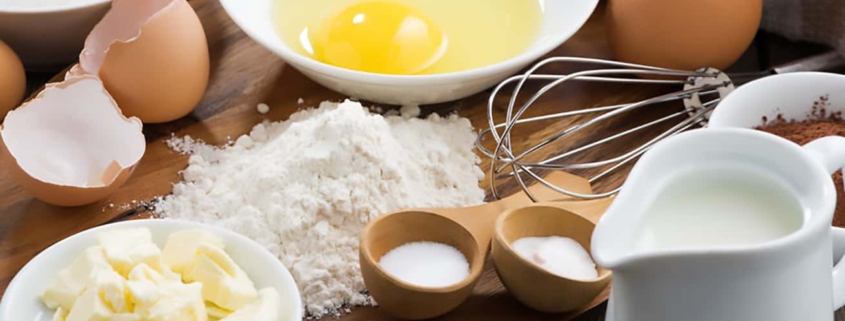



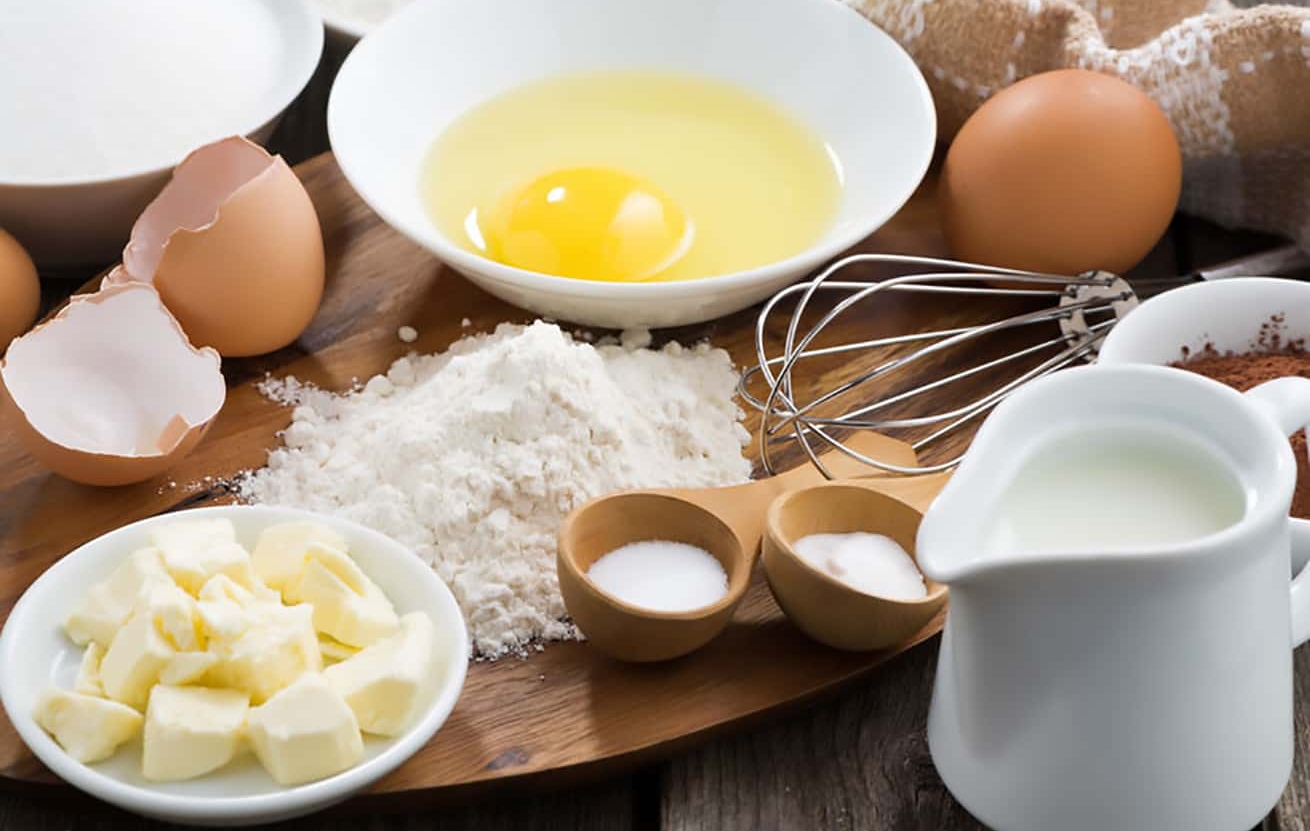
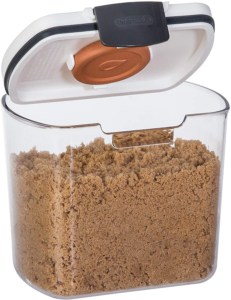

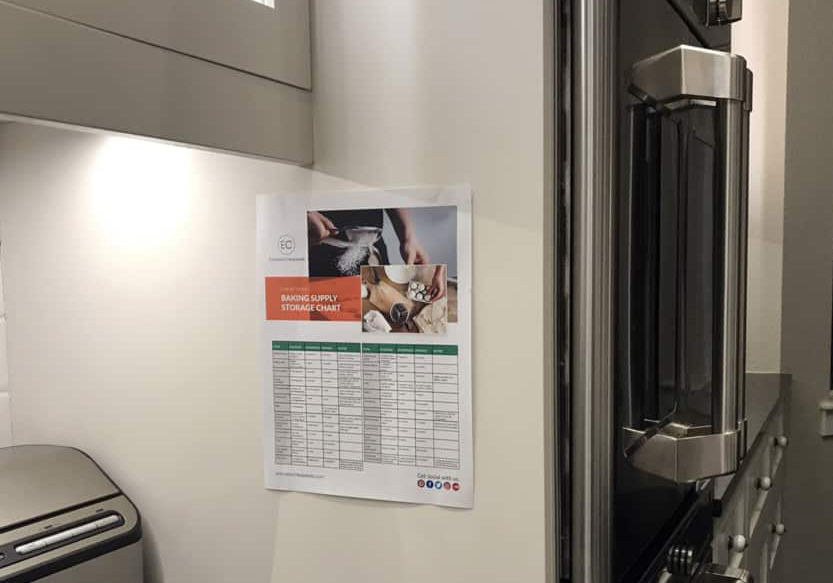



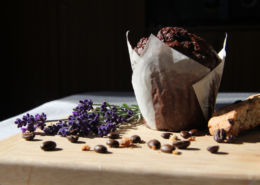
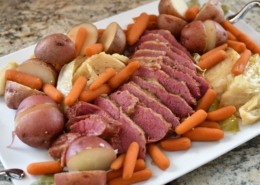

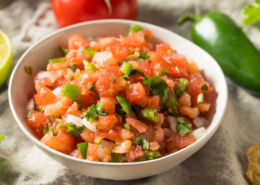

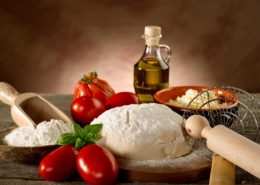
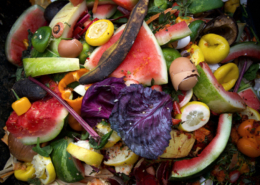


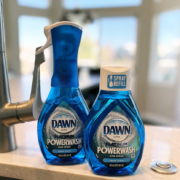


A slice of white bread in brown sugar is more amazing than you can imagine! We moved three years ago to our new home. Recently I was organizing the basement food storage area when I discovered a ziplock bag of brown sugar, with a slice of very hard white bread in it. The brown sugar had to be three years old, or older, and it was still soft!!! I was totally shocked! This white bread trick had been passed down from my mom – a depression era tip.
How long will packaged yeast last in the freezer?
When kept in the freezer, yeast will remain viable for about 4-6 months—perhaps longer depending on how it is store. Kept in an airtight container or vacuum-sealed bag to prevent moisture and freezer burn, I’ve had yeast last for a year.